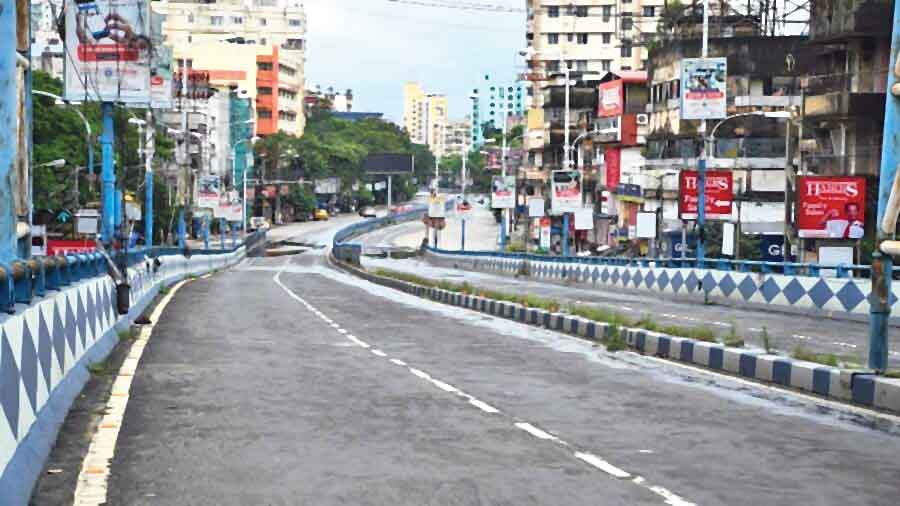South Kolkata residents have of late been bearing the brunt of the city’s air pollution, activities in the Ganga Sagar region being one of the culprits.
The northern part of the city is usually more polluted compared to the southern and central parts of the city, as found in the statistics generated by Rabindra Bharati university station, but there has been a turnaround recently.
The analysis of the average air quality index (AQI) at 6pm on Monday, measured over the preceding 24 hours, shows that 5 measuring stations located in south Kolkata and adjacent central Kolkata have recorded higher AQI values compared to two north Kolkata measuring stations.
The average AQI in Fort William was 321 from 6pm on Sunday to 6pm on Monday; followed by Ballygunge with 319, Jadavpur with 317, Victoria Memorial with 308 and Rabindra Sarobar with 285. In contrast, Bidhannagar and Rabindra Bharati recorded far less AQI values; 233 and 179 respectively. The Plurals found that the trend was similar in the preceding two days, on Friday and Saturday.
A scientist and air pollution expert from Bose Institute said the sea breeze coming to the city from its southern fringes could have been the trigger.
“Kolkata, having close proximity to the sea, gets influenced by the land breeze and sea breeze irrespective of the season. The sea breeze blows in from the Bay of Bengal during daytime. The huge amount of anthropogenic activities in recent times over the Ganga Sagar region could emit high amounts of pollutants that get transported to Kolkata. During the transport of pollutants, AQI could be higher over the southern part of Kolkata,” said Abhijit Chatterjee, a professor in Bose Institute and also an adviser to the National Clean Air Programme.
Midnight menace
Around midnight on Sunday, the air quality in Kolkata reached ‘very poor’ in most of the pollution measuring stations run by the CPCB.
Experts, including Chatterjee, pointed out to The Plurals that a sharp dip in the temperature, leading to pollutants being stagnated close to surface due to inversion phenomenon, coupled with transboundary pollutants coming in the city through the Indo-Gangetic plain from north-west; as well as locally generated pollution have combined to worsen the air quality level in the city.
According to the CPCB data, accessed by this reporter, the AQI values of 6 out of the 7 automatic stations — Ballygunge, Bidhannagar, Fort William, Victoria Memorial, Jadavpur and Rabindra Sarobar — were in excess of 300, and hence ‘very poor’ around midnight; while Rabindra Bharati showed ‘moderate’ pollution.
According to CPCB, prolonged exposure to ‘very poor’ air quality may trigger respiratory illnesses to all.
“Kolkata should stress on pollution sources like vehicles, industries, construction and waste burning along with combating road dust if it has to significantly cut its pollution level and reach closer to the national permissible limit,” said Anumita Roychowdhury, an air pollution expert from Delhi-based think tank Centre for Science and Environment.
